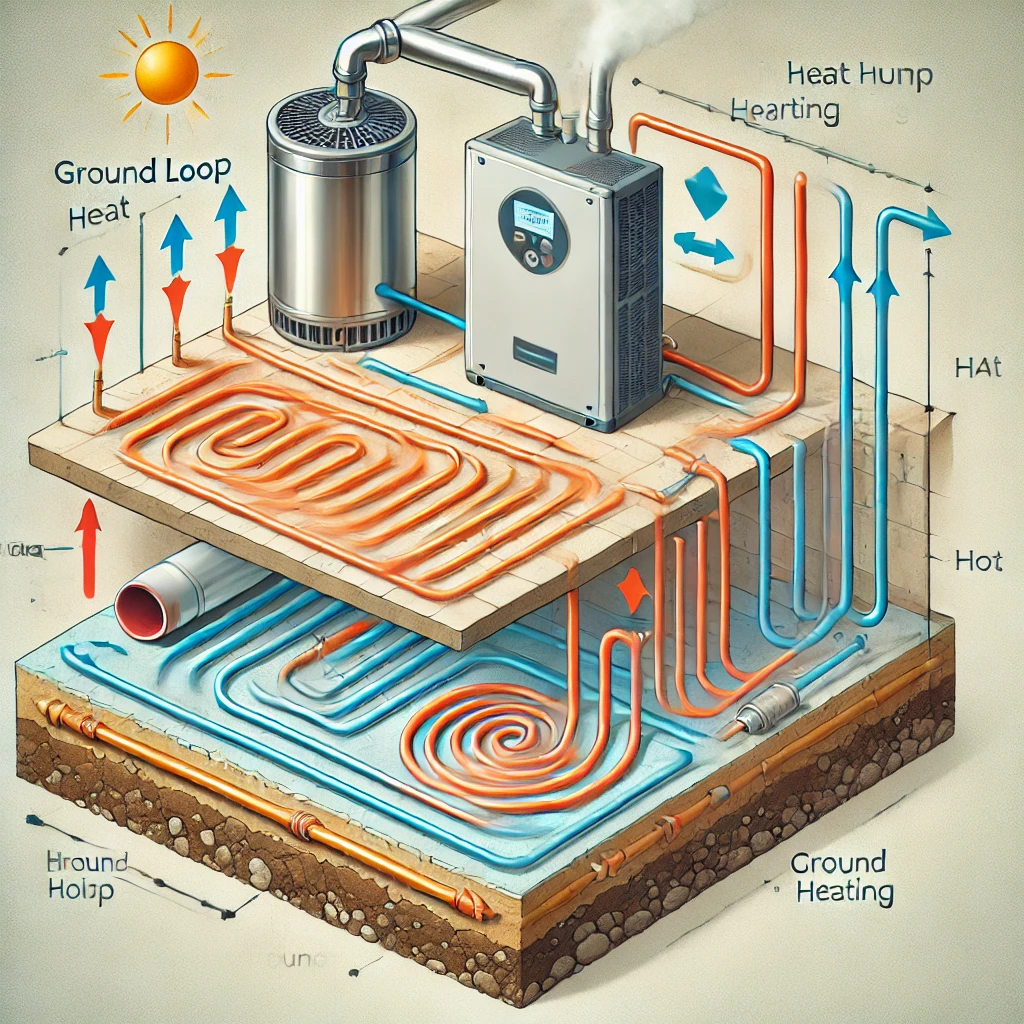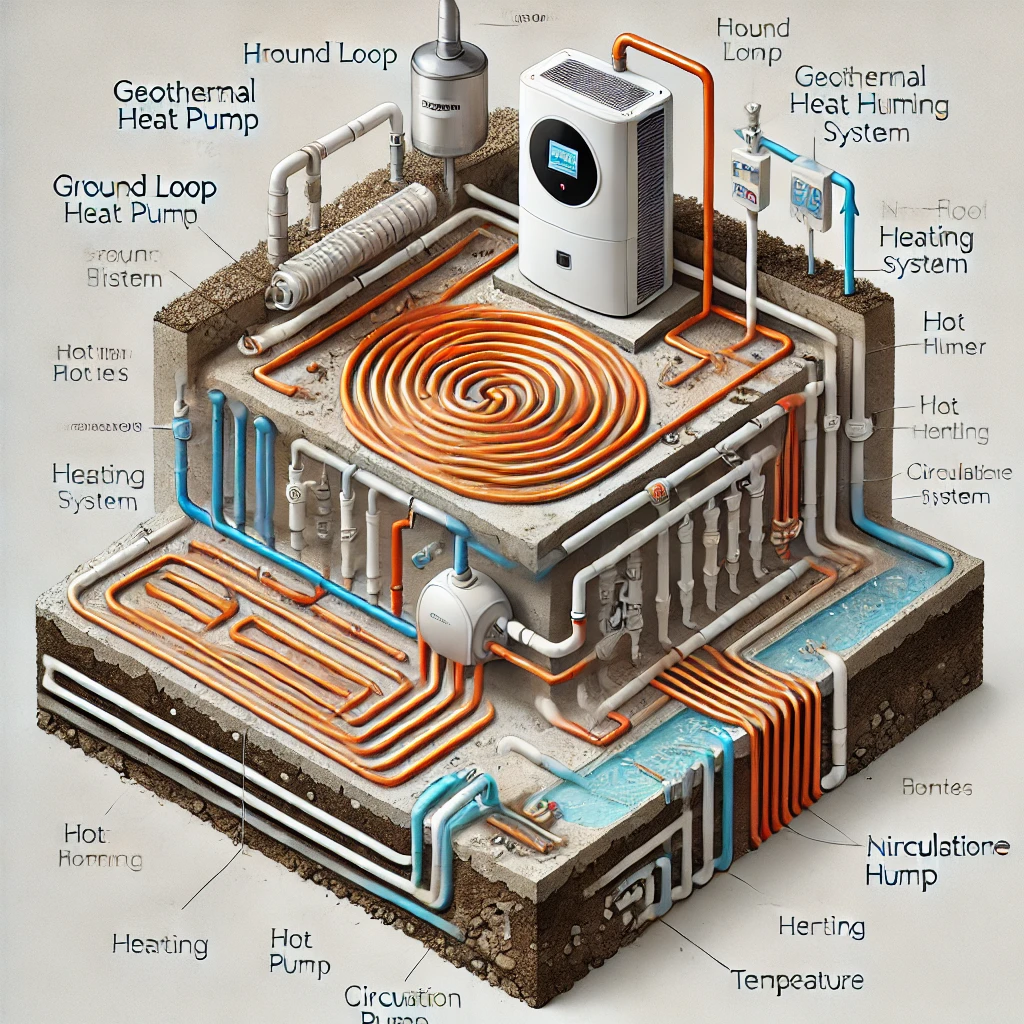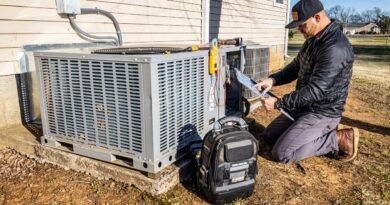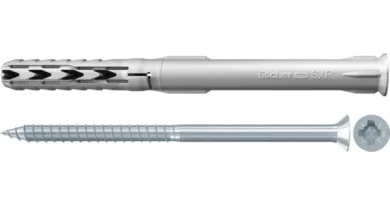Geothermal Heat Pump in Floor Heating Plumbing Diagram
The marriage of a geothermal heat pump in floor heating plumbing diagram is an embodiment of advanced, energy-efficient heating solutions. Through the integration of renewable geothermal energy and radiant floor heating, homeowners can achieve unparalleled comfort and reduced utility costs. A geothermal heat pump in floor heating plumbing diagram is crucial to understanding how these systems are connected, how they operate, and the optimal way to install them.
What is a Geothermal Heat Pump?
A geothermal heat pump (GHP) utilizes the earth’s stable underground temperature to either heat or cool a building. Unlike traditional heating systems that depend on fossil fuels, geothermal systems exchange heat with the earth using a series of underground loops filled with water or a refrigerant. This process capitalizes on the earth’s natural thermal properties, providing a consistent temperature that serves as a reliable heat source in winter and a heat sink in summer.
In-Floor Heating: A Modern Comfort Solution
In-floor heating, also known as radiant floor heating, involves circulating warm water through pipes embedded beneath the flooring. This method allows heat to rise naturally, ensuring uniform warmth throughout a space. By coupling this system with a geothermal heat pump, you leverage the efficient heat exchange properties of the earth to maintain a warm floor surface, which in turn heats the entire room.
Understanding the Geothermal Heat Pump in Floor Heating Plumbing Diagram
A geothermal heat pump in floor heating plumbing diagram illustrates the flow of energy between the heat pump, the earth loop, and the radiant floor heating system. It shows how the heat pump draws warmth from the earth, transfers it to the water circulating in the in-floor pipes, and ultimately distributes it across the flooring. This diagram is essential for understanding how each component interacts, from the geothermal ground loop to the manifold systems in radiant heating.
Components of a Geothermal Heat Pump System
- Ground Loop: The underground loop system is critical to geothermal heat pump functionality. It absorbs or dissipates heat to maintain a balance with the earth’s temperature. Ground loops can be installed in either a vertical or horizontal configuration, depending on soil conditions and available space.
- Heat Pump Unit: The heat pump acts as the intermediary, facilitating the heat transfer between the ground loop and the indoor space. It uses a refrigerant cycle to either absorb or release heat, depending on whether the goal is heating or cooling.
- Distribution System: This is where the in-floor heating comes into play. The geothermal heat pump transfers heat to the water that circulates through the in-floor pipes, ensuring that heat radiates evenly throughout the flooring and the room above.
Why Use Geothermal Heat Pump with In-Floor Heating?
Pairing a geothermal heat pump with in-floor heating maximizes energy efficiency and comfort. Unlike traditional forced-air systems, which can create drafts and uneven heating, radiant floor heating offers a gentle and consistent heat. By drawing heat from the earth through the heat pump, this setup provides a low-operating-cost solution, reducing dependency on natural gas or electricity.
The Role of a Geothermal Heat Pump in Sustainable Heating
Geothermal heat pumps are lauded for their eco-friendly design. By using the renewable energy stored in the earth, these systems reduce carbon footprints significantly. In addition, the efficiency of a geothermal heat pump in floor heating plumbing diagram ensures that heat distribution is optimal, minimizing energy losses associated with conventional heating systems.
Detailed Look at the Plumbing Diagram
In a geothermal heat pump in floor heating plumbing diagram, the underground heat exchange loops are connected to the heat pump unit. The unit then feeds into a manifold, which distributes the heated or cooled water to the in-floor heating pipes. The manifold system ensures balanced flow rates and equal heating across all areas. Return lines from the in-floor heating system carry the cooled water back to the heat pump, completing the circuit and ensuring continuous heat exchange.
Types of Ground Loop Systems in Geothermal Heat Pumps
- Horizontal Loop System: Ideal for larger spaces with ample land, these loops are buried shallowly over a wide area. A horizontal loop system is typically more cost-effective but requires more land.
- Vertical Loop System: When space is limited, vertical loops are drilled deep into the ground. Although more expensive to install, they are often more efficient in areas with limited horizontal space.
- Open Loop System: This system uses groundwater as the heat exchange medium, directly transferring heat from the water. It requires a reliable source of groundwater but is known for high efficiency.
- Pond or Lake Loop: If a body of water is nearby, a closed loop can be submerged. This system uses the thermal mass of the water to assist in the heat exchange process, making it a cost-effective option where applicable.
Installation Process of a Geothermal Heat Pump
Installing a geothermal heat pump is a meticulous process that involves digging trenches for the ground loops, installing the heat pump unit, and connecting it to the in-floor heating system. The installation must be handled by certified professionals to ensure proper operation. The plumbing diagram guides installers through this process, detailing the exact placement and connection of each component.
Plumbing Design for Radiant In-Floor Heating
The plumbing design in radiant in-floor heating is critical to system efficiency. The design dictates the length of pipe runs, the spacing between pipes, and the placement of thermostatic mixing valves. These valves are crucial in maintaining the desired temperature of the water circulating through the floor pipes, ensuring comfort while preventing overheating.
Geothermal Heat Pump Efficiency and COP
The efficiency of geothermal heat pumps is measured by their Coefficient of Performance (COP), which indicates the ratio of heating output to energy input. A higher COP signifies a more efficient system. Geothermal systems typically have a COP of 3 to 5, meaning they produce three to five units of heat for every unit of electricity consumed.
Advantages of Using a Geothermal Heat Pump in Floor Heating
- Energy Efficiency: Geothermal systems can reduce heating costs by 40-70%, making them one of the most efficient heating options available.
- Longevity: With proper installation, the underground loop system can last over 50 years, and the heat pump unit typically has a lifespan of 20-25 years.
- Quiet Operation: Unlike traditional heating systems, geothermal heat pumps operate quietly, making them ideal for residential areas.
Challenges and Considerations in Installing Geothermal Systems
Despite their benefits, geothermal heat pump systems come with initial challenges. The upfront cost is higher compared to conventional systems due to the need for drilling or trenching for ground loops. Additionally, the success of the system relies heavily on accurate installation, as improper loop sizing or heat pump placement can lead to inefficiencies.
Plumbing Diagram Design and Calculations
A well-designed geothermal heat pump in floor heating plumbing diagram includes calculations for pipe lengths, loop sizing, and flow rates. The precision of these calculations determines the overall system efficiency, ensuring that the heat pump can effectively transfer energy throughout the in-floor heating system.
Heat Transfer Mechanisms in Geothermal Systems
Heat transfer in a geothermal system occurs through conduction and convection. The underground loops absorb thermal energy from the earth (or release it when cooling). This energy is transferred to the refrigerant in the heat pump, which then heats the water circulating through the in-floor heating system. This multi-step process makes the system highly efficient.
Cost-Benefit Analysis of Geothermal Heat Pump and In-Floor Heating
The initial investment in a geothermal heat pump system is substantial, but it is offset by long-term savings. Lower energy bills, government rebates, and reduced maintenance costs make it a financially viable solution. Over time, the energy savings can recoup the initial investment, typically within 5-10 years, depending on energy prices and local climate.

The Role of Antifreeze Solutions in Ground Loops
In colder regions, antifreeze solutions are added to the water circulating in the ground loops to prevent freezing. These solutions ensure continuous heat exchange, even in sub-zero temperatures, making geothermal systems suitable for diverse climates.
Seasonal Performance of Geothermal Heat Pumps
Geothermal heat pumps perform optimally year-round. During winter, they extract warmth from the ground, while in summer, they transfer excess heat back into the earth. This reversible nature ensures comfort in all seasons, making it a versatile solution for home heating and cooling.
Radiant Floor Heating and Indoor Air Quality
Unlike forced-air systems, radiant floor heating does not circulate dust and allergens, improving indoor air quality. This makes the system ideal for individuals with respiratory issues or allergies, as it provides a cleaner, more comfortable environment.
Smart Control Systems for Geothermal Heat Pumps
Modern geothermal heat pump systems can be integrated with smart thermostats, allowing homeowners to control their heating remotely. This integration enhances energy savings by optimizing system operation based on occupancy patterns and weather conditions.
Maintenance of a Geothermal Heat Pump System
Routine maintenance is essential to ensure the longevity and efficiency of a geothermal heat pump system. This includes checking the antifreeze levels, inspecting loop pressure, and ensuring that the heat pump unit is functioning correctly. Proper maintenance can extend the lifespan of both the heat pump and the ground loop system.
Environmental Impact of Geothermal Heat Pumps
Geothermal heat pumps have a low environmental impact due to their reliance on renewable earth energy. By reducing reliance on fossil fuels, these systems significantly lower greenhouse gas emissions. The use of a geothermal heat pump in floor heating plumbing diagram further ensures that energy is used efficiently, minimizing waste.
Common Misconceptions About Geothermal Systems
There are several misconceptions about geothermal heat pumps, including the belief that they are only suitable for certain climates. In reality, geothermal systems are effective in a wide range of temperatures, as they leverage the constant underground temperature, not the variable surface temperatures.
Enhancing Comfort with Zoning Systems
Geothermal heat pumps paired with radiant in-floor heating can be zoned for enhanced comfort. Zoning allows different areas of a building to be heated to varying temperatures, providing tailored comfort while reducing energy use in unoccupied spaces.
Conclusion: Embracing the Future of Heating with Geothermal Heat Pumps
The integration of a geothermal heat pump with in-floor heating represents a forward-thinking approach to home heating and cooling. By harnessing the earth’s natural energy, these systems offer an efficient, sustainable, and comfortable alternative to traditional heating methods. Understanding the intricacies of a geothermal heat pump in floor heating plumbing diagram is key to maximizing the benefits of this innovative technology, offering homeowners a pathway to long-term savings and environmental stewardship.




